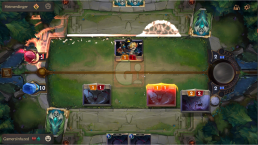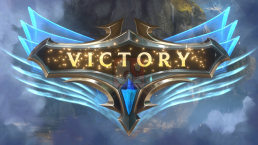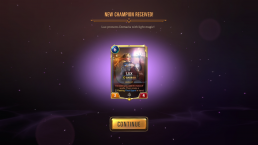One of the biggest games in the world, League of Legends, has held this possition for decades. The MOBA draws in millions of players from around the world, and Riot Games is using this popularity as the foundation for a much wider universe of games.
This a collectible card game experience from the creators behind League of Legends, taking place in the same universe with plenty of familiar locations, champions and lore that long-running fans will definitely appreciate. That being said, it’s been developed in a way that ensures newcomers won’t feel completely overwhelmed with what’s going on.
6 regions and 24 champions will be available at launch, with more planned in future expansions and updates. Those will increase the universe until, potentially, it matches the scope of its progenitor.
For example, I’m not a League of Legends player anymore, but after playing through a handful of tutorials I felt right at home with Riot Games’ new venture. It does an excellent job of drawing players in, ensuring they feel both comfortable and capable when it comes to taking on other players from around the world.
When it comes to the available platforms, Riot Games has said it’s focused on PC and mobile for the time being, and will consider consoles and other ways of playing the game going forward.


At its core, Legends of Runeterra is incredibly similar to Hearthstone in terms of layout and pacing, but the execution transforms what could be perceived as a shallow copycat into something much, much more. At first glance, many of the staples you associate with the genre are present and accounted for. Each turn you draw a card, the number in your hand growing alongside a mana pool which increases as the match progresses.
The more mana you possess, the more powerful cards, spells and abilities can be played on the field. Obviously, the same principles apply to whoever’s on the other side of the field, eagerly scrutinising your every move. It isn’t all about playing your most powerful card and hoping for the best though, Runeterra is far more nuanced than this. Largely because of how it overhauls the two-turn structure we’ve come to associate with digital card games for so long.
There are two types of rounds – offensive and defensive – with roles switching between players with each turn. When playing offensive, you’ll need to populate the field with powerful cards, with the goal of either destroying the enemies’ units or damaging their Nexus – which essentially acts as a health bar. This phase is all about making brave choices, since there’s rarely a way to predict what the opposing side will do next. I took multiple leaps of faith, many of which led to a sudden victory.
Defensive play requires a more timid, level-headed approach, all about ensuring you’re blocking incoming attacks with your own cards. Each unit has its own health and damage values, which will determine who emerges unscathed with each encounter. The basic idea of managing health and armour is made more complicated with certain cards possessing shields, while others can be summoned with ‘elusive’ skills that circumvent combat and attack the Nexus directly.


Runeterra has a weekly vault, which levels up the more you play: ascending through the ranks and increasing the innard’s value the more experience is earned. When you finally open it, the reward is determined by the vault’s level. It could be Bronze, Silver, Gold or even Platinum, and it can only be opened once. After that, you need to wait.
This isn’t the only means of earning new cards, shards and other pieces of loot across Runeterra. Each region has a line of progression with twenty distinct levels you can swap between at anytime. Rewards range from random chests to wildcards – objects of different rarities that allow you to pick any card of your choice and add it to your collection. It’s a great way of superseding the randomisation that makes loot boxes so frustrating.
After playing for a handful of hours across various regions, it did start to take longer to reach higher levels, providing a glimpse at the free-to-play mechanics rearing their head after the honeymoon phase.
Ahead of its full release across PC and mobile devices in 2020, Riot Games will be holding a number of ‘preview patches’ for Legends of Runeterra which will add a variety of new features to the experience.